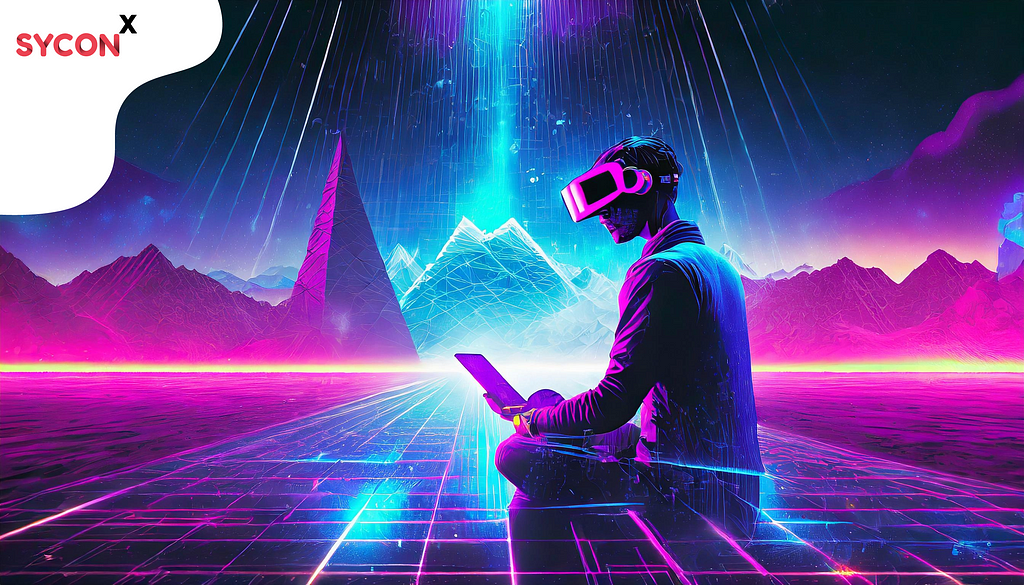Deep Learning Technologies and the Future of Creative Arts
March 7, 2024

The intersection of technology and creativity has ushered in a new era for the creative arts, marked by the groundbreaking integration of deep learning technologies. This fusion is not merely a trend but a revolution that is reshaping the landscape of artistic expression and production. As we delve into this transformative period, it’s imperative to explore how deep learning is redefining the boundaries of creativity, the implications for artists and creators, and the exciting possibilities that lie ahead in the future of creative arts.
Deep learning, a subset of artificial intelligence (AI), involves the use of neural networks with multiple layers to model complex patterns in data. This technology has found applications in various sectors, but its impact on the creative arts is particularly profound. Through the analysis and understanding of vast datasets, deep learning algorithms can generate new content, mimic artistic styles, and even innovate, creating works that were once thought only possible through human imagination.
One of the most fascinating aspects of deep learning in the arts is its ability to learn from and replicate the styles of various artists. This capability not only allows for the creation of new works in the vein of historical masters but also opens up avenues for exploring hypothetical collaborations between artists of different eras. Furthermore, it democratizes art creation, enabling individuals without formal training to produce works of art that resonate with the intricacies and nuances of established artistic styles.
However, the rise of deep learning technologies in creative arts raises significant questions about originality, authenticity, and the role of the human artist. As algorithms become more adept at creating art that rivals that of humans, the artistic community is challenged to reconsider the value of human touch in the creative process. This debate is central to understanding the future trajectory of the arts and the evolving relationship between human creators and AI.
Despite these challenges, the potential of deep learning to enhance creativity and artistic expression is undeniable. By handling time-consuming and repetitive tasks, these technologies allow artists to focus on the conceptual and innovative aspects of their work. This symbiotic relationship between human creativity and machine efficiency could lead to unprecedented levels of artistic production and innovation.
Moreover, deep learning technologies have the potential to transform the way audiences interact with art. Personalized art experiences, interactive installations, and virtual reality environments that adapt to the viewer’s emotions and reactions are just a few examples of how technology can create more immersive and engaging art forms. This not only broadens the scope of what is considered art but also deepens the connection between the artwork and its audience.
The integration of deep learning technologies into the creative arts is also fostering new educational and collaborative opportunities. Online platforms and tools powered by AI can provide personalized learning experiences for aspiring artists, offering guidance and feedback that were previously accessible only in traditional educational settings. Additionally, these technologies facilitate collaboration across geographical boundaries, enabling artists to work together in ways that were not possible before.
Looking forward, the fusion of deep learning and creative arts holds immense promise for the exploration of new artistic frontiers. As technology continues to evolve, so too will the ways in which we create, perceive, and interact with art. This journey promises not only to redefine the essence of creativity but also to enrich the human experience in profound ways.
In conclusion, the future of creative arts in the age of deep learning technologies is both exhilarating and uncertain. While concerns regarding the implications for human creativity and artistic authenticity persist, the potential for innovation, inclusivity, and enhanced artistic expression is unparalleled. As we navigate this new landscape, it is crucial for artists, technologists, and society at large to engage in ongoing dialogue about the role of technology in the arts. By doing so, we can ensure that the future of creative arts remains vibrant, diverse, and deeply human at its core.
Deep Learning Technologies and the Future of Creative Arts was originally published in SyconX on Medium, where people are continuing the conversation by highlighting and responding to this story.


